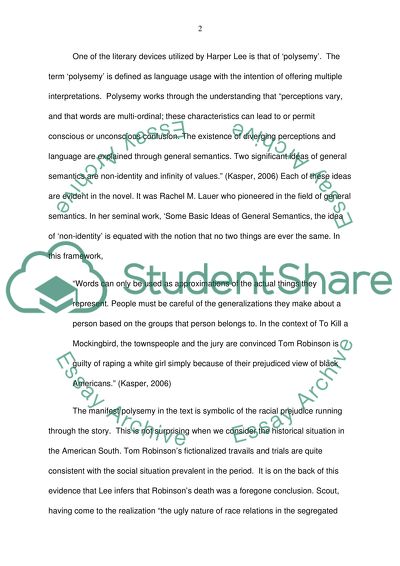Cite this document
(“Conflicts between the communities of Maycomb in To Kill a Mockingbird Coursework”, n.d.)
Retrieved from https://studentshare.org/literature/1468254-conflicts-between-the-communities-of-maycomb-in-to-kill-a-mockingbird
Retrieved from https://studentshare.org/literature/1468254-conflicts-between-the-communities-of-maycomb-in-to-kill-a-mockingbird
(Conflicts Between the Communities of Maycomb in To Kill a Mockingbird Coursework)
https://studentshare.org/literature/1468254-conflicts-between-the-communities-of-maycomb-in-to-kill-a-mockingbird.
https://studentshare.org/literature/1468254-conflicts-between-the-communities-of-maycomb-in-to-kill-a-mockingbird.
“Conflicts Between the Communities of Maycomb in To Kill a Mockingbird Coursework”, n.d. https://studentshare.org/literature/1468254-conflicts-between-the-communities-of-maycomb-in-to-kill-a-mockingbird.


